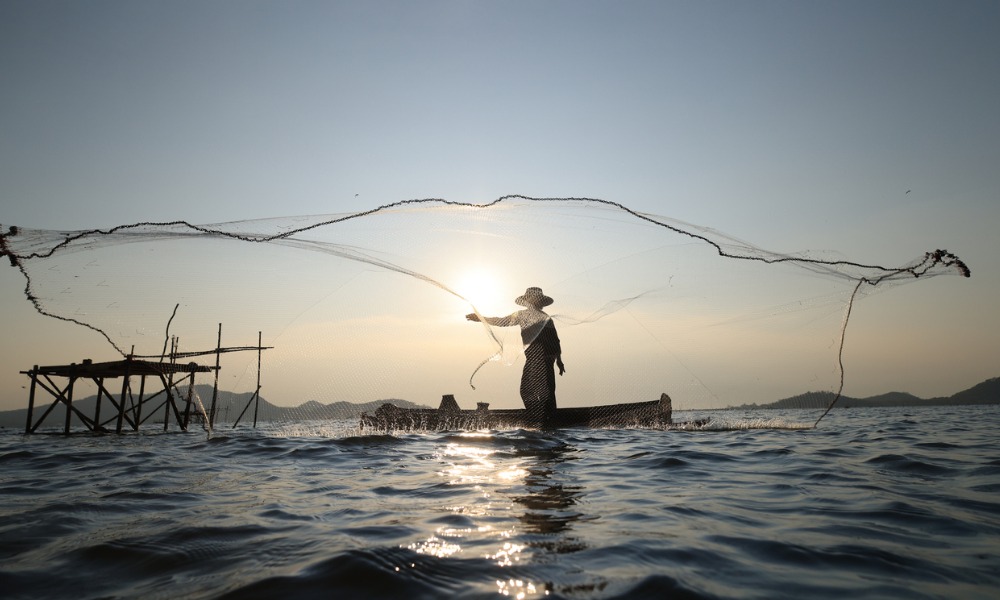
Social and cultural factors can figure into selection of rebuild period among options, ruling says

In a dispute arising from efforts to recover the East Coast tarakihi fishery, the Supreme Court of New Zealand partly upheld an appeal court ruling regarding the Minister of Fisheries’ decision on the total allowable catch (TAC) for the fishery.
The fishery, which had been depleted, was below the level required to produce its maximum sustainable yield. To allow the stock to recover, the Minister reduced the fishery’s TAC by 17 percent in 2018 and by 6.4 percent more in 2019 under the Fisheries Act 1996.
The Minister expressed an expectation that further reductions would follow if the fishing industry failed to meet its commitments in a voluntary industry rebuild plan to recover the fishery’s stock within two decades.
The Royal Forest & Bird Protection Society of New Zealand Inc (RFB) challenged the Minister’s 2019 decision.
The recovery period adopted was too long and should be based on scientific factors alone, such as the environmental conditions and the stock’s biological characteristics, the RFB argued. Only after that could social, cultural, and economic factors influence the rate and manner of rebuilding the stock, the RFB said.
The fishing industry, represented by Seafood New Zealand Limited, supported the Minister’s approach and argued that the 2019 decision properly considered social, cultural, and economic factors.
The New Zealand Court of Appeal ruled in the RFB’s favour. First, the appeal court held that the Minister should have based the appropriate rebuild period for the fishery’s stock primarily on scientific considerations.
Social, cultural, and economic factors could influence the way and the rate of rebuilding the stock but could not extend the recovery period beyond what was appropriate, the appeal court noted.
Second, the appeal court required the Minister to consider a 70-percent probability of success when calculating the TAC, as recommended by the harvest strategy standard, rather than the 50-percent probability that the Minister used for the 2019 decision.
In Seafood New Zealand Limited v Royal Forest & Bird Protection Society of New Zealand Incorporated, [2024] NZSC 111, the Supreme Court of New Zealand issued a judgment agreeing with the appeal court that the Minister should have determined the appropriate rebuild period for the fishery’s stock by referring to the stock’s biological characteristics and any environmental conditions, excluding social, cultural, and economic factors.
However, the Supreme Court departed from the appeal court’s ruling on the role of social, cultural, and economic factors. If the Minister determined more than one rebuild period biologically and environmentally appropriate to the stock, the Minister could then weigh social, cultural, and economic considerations to choose one period among the range of available options, the Supreme Court said.
This decision would address the uncertainties in fisheries management and would give the Minister some flexibility in making TAC decisions, as long as the selected recovery period remained within the bounds of what was appropriate for the stock, the Supreme Court explained.
Lastly, the Supreme Court decided that the 70-percent threshold set by the harvest strategy standard did not bind the Minister. Instead, the Minister should adopt an appropriate rate of probability of success of at least 50 percent, the Supreme Court concluded.